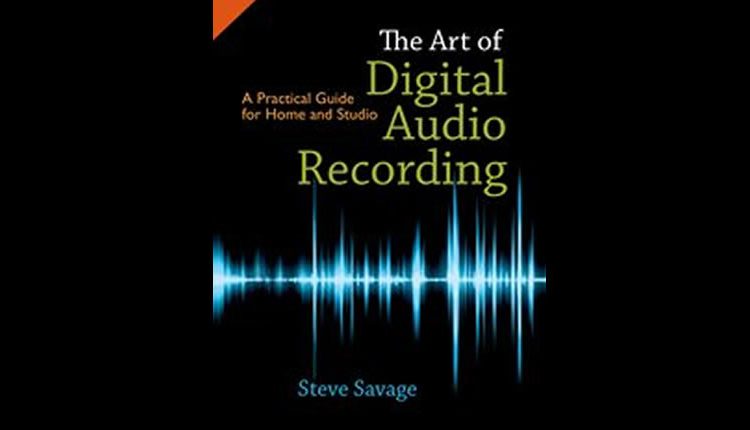Recording Your Band by Steve Savage
author, The Art of Digital Audio Recording Oxford University Press
RECORDING YOUR BAND
BY STEVE SAVAGE
author, The Art of Digital Audio Recording
Oxford University Press
Available Here >>
Many school ensembles release their own CD’s as both motivation for the band members and as a revenue stream for the band program. Creating high quality recordings is very important to making these recordings successful. Whether you do the recordings yourself or contract out the work, the more familiar you are with the recording process the better chance you have of overseeing a successful recording session.
Here are some essentials about the recording process that can directly affect the outcome of your recordings.
• Don’t assume that you need a lot of microphones or a lot of tracks to make a successful recording.
o 2 microphones strategically placed in a good sounding room can yield excellent results.
o If you go for a simple recording setup, you may need to have soloists step out from their position and get closer to the mics when they solo.
o The quality of the mics is more important than the number of the mics.
- If at all possible keep the same physical configuration that you use to rehearse and perform when making a recording.
o Avoid reconfiguring your set-up, even if the people making the recording claim that it will yield “better” results.
o The comfort of the musicians is more important than the set-up and changing positions will often throw ensembles off balance.
- Remember that editing of digital recordings is remarkably easy and most often completely seamless.
o This means that you can take compositions in pieces if need be.
o For example, if you’ve made it through 5 minutes of a 7-minute piece and then there is an error, don’t go back to the beginning, start recording 8 or 16 bars before the problem (or at the start of the most recent section) and simply record to the end.
- Outdoor recording adds to the potential list of problems (especially wind) so record indoors if possible.
o For ensembles that must perform outdoors a stadium environment is more likely to be successful than an open field.
o For indoor environments, a less ambient room (a theater or carpeted room) is likely to work better than a very reverberant environment (gymnasium).
- Don’t be overly ambitious regarding how much material you hope to record at a single session.
o Although it may seem like your well-rehearsed ensemble could simply play through 60 minutes of material the fact is that there are always complications with making recordings.
o Recording requires greater concentration on the part of the musicians and that is fatiguing.
o If possible allow for 2 or more sessions to record a CD length of material.
- Familiarity with basic concepts will help you make or oversee better recordings.
o Ideally you should have a basic understanding of room acoustics, microphone types, and signal processing options such as EQ, compression and reverb.
o Familiarity with editing techniques will help you know what is possible when recording and allow you to actively participate in the post-recording process of assembling the final audio program.
- Be sure that professional mastering is included as the final step in whatever recording you make.
o Mastering can include a variety of enhancements to your recording, including overall balance, ambiance and impact.
o Proper mastering can ensure that your recording sounds its best and that it is comparable to other commercial recordings.
FINALLY, HAVE FUN!
AN EXUBERANT RECORDING WILL ALWAYS COME ACROSS BETTER THAN A CAREFUL ONE!


